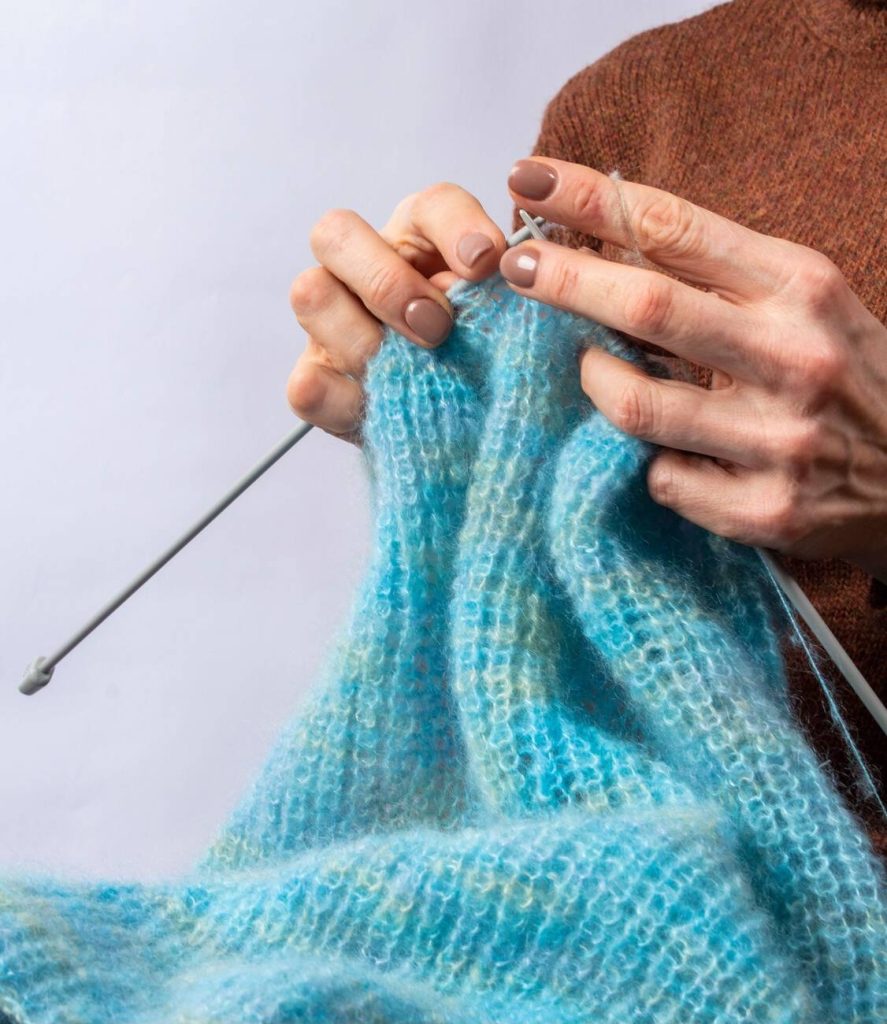Imagine yourself weaving a tapestry of warmth and creativity with just yarn and needles. In this article, you’ll unravel the intricate art of knitting, from selecting the perfect materials to crafting beautiful stitch patterns. Dive into the world of knitting as we guide you through each step of this fascinating process. So grab your needles and let’s embark on a journey of textile magic together!
Selecting Yarn and Needles
Selecting yarn and needles is crucial in knitting projects as they impact the texture and weight of the final garment. Yarn weights play a significant role in determining the thickness and drape of your knitted piece. Different needle sizes are matched to yarn weights, affecting the tightness or looseness of your stitches. Color choices can express your creativity, adding personality to your project. Texture options vary based on fiber types used—wool for warmth, cotton for breathability, or silk for luxury. Exploring different fiber types like alpaca, acrylic, or bamboo can enhance the feel and look of your finished knitwear. Paying attention to these details will ensure a successful and satisfying knitting experience.
Casting On
To start your project with the current step, you should make sure to cast on in a way that sets up your stitches correctly. When casting on, pay attention to knitting tension, needle sizes, yarn types, knitting gauge, and stitch markers for a smooth beginning. Here are some tips to help you get started:
- Adjust your knitting tension based on the desired outcome.
- Choose appropriate needle sizes depending on the yarn thickness.
- Select suitable yarn types that complement your project.
Basic Knit Stitch
When knitting, it’s important to master the basic knit stitch for creating a foundation in your project. Pay attention to yarn tension, needle size, texture variety, stitch tension, and color combinations to add depth and creativity to your creations. Here’s a table that might help you visualize the impact of these elements:
| Yarn Tension | Needle Size | Texture Variety |
|---|---|---|
| High | Small | Smooth |
| Low | Large | Chunky |
| Medium | Medium | Variegated |
Understanding how these factors interact can elevate your knitting projects, allowing you to express yourself through different textures and colors while maintaining the desired tension for a beautifully crafted piece.
Purl Stitch
Master the purl stitch by alternating it with the knit stitch to create intricate patterns and textures in your knitting projects. Understanding the purl stitch variations can enhance your creativity and skill level. Dive into the world of purl stitching with these key insights:
- Purl Stitch Variations: Explore different ways to modify the traditional purl stitch for unique designs.
- Purl Stitch Challenges: Overcome common hurdles like tension consistency and stitch orientation for smoother purling.
- Purl Stitch Benefits: Discover how the purl stitch adds depth and dimension to your knitted fabric, perfect for creating ribbing or textured motifs.
Increasing and Decreasing Stitches
Learning how to increase and decrease stitches in knitting can enhance the shaping of your projects, allowing you to create intricate designs with ease. By mastering stitch manipulation, pattern adjustment, shape modification, stitch variation, and decrease techniques, you open up a world of creative possibilities. Whether you are looking to add curves or angles to your knitted piece, these techniques will help you achieve the exact look you desire. Experimenting with different ways of altering stitch counts can lead to beautifully textured fabrics and visually appealing patterns. Understanding how to strategically increase or decrease stitches will give your knitting projects a professional finish and elevate your skills to the next level.
Creating Patterns
Different stitches and combinations result in unique patterns that enhance the aesthetic appeal of knitted fabrics. When creating patterns, design inspiration can come from various sources, sparking your creativity. Color coordination and texture selection play a vital role in bringing your design to life as you experiment with different yarns and shades. Stitch variations allow you to delve into intricate patterns, adding complexity and depth to your knitted creations.
- Pattern creation, design inspiration
- Color coordination, texture selection
- Stitch variations, intricate patterns
Shaping and Finishing
When shaping and finishing your knitted pieces, remember that blocking can enhance the overall look and fit of your garment. By utilizing different blocking techniques, seaming methods, decorative edging, embellishment options, and colorwork possibilities, you can take your knitting projects to the next level. Check out the table below for a quick reference guide on these finishing touches:
| Blocking Techniques | Seaming Methods |
|---|---|
| Wet Blocking | Whip Stitch |
| Steam Blocking | Mattress Stitch |
| Decorative Edging | Embellishment Options |
|---|---|
| Picot Edge | Beading |
| Scallop Border | Buttons |
Remember to experiment with various finishing techniques to add personality and style to your knitted creations!
Binding Off
To complete your knitted project, make sure to bind off your stitches neatly for a clean and polished edge. Here are some tips to help you achieve a professional finish:
- Pay attention to knitting tension to ensure an even and consistent look throughout.
- Utilize stitch markers to keep track of specific points in your pattern or row counts.
- Consider blocking techniques to shape and size your finished piece effectively.
Remember to incorporate techniques like yarn over and slip stitch strategically as you bind off your stitches. These details can enhance the overall appearance of your project, giving it that extra touch of craftsmanship.


